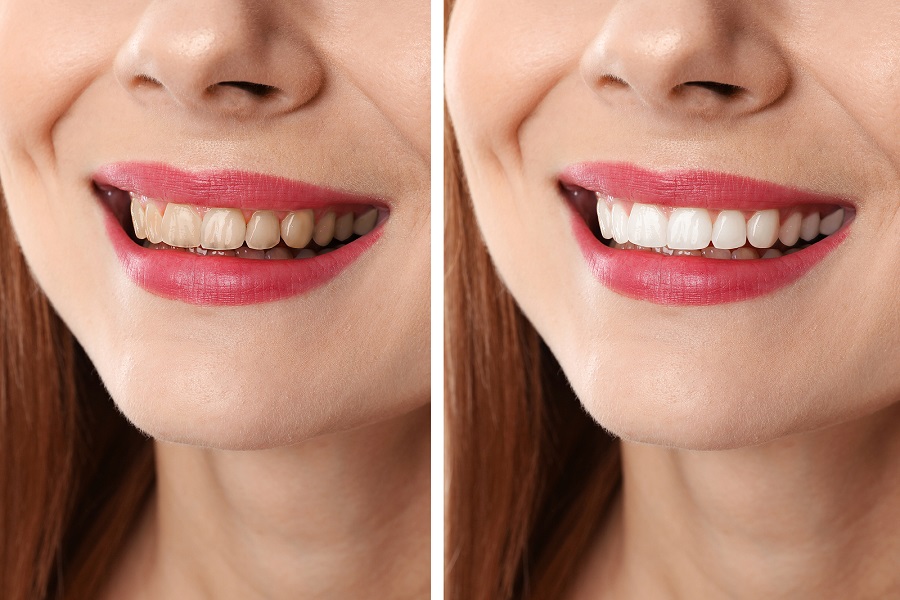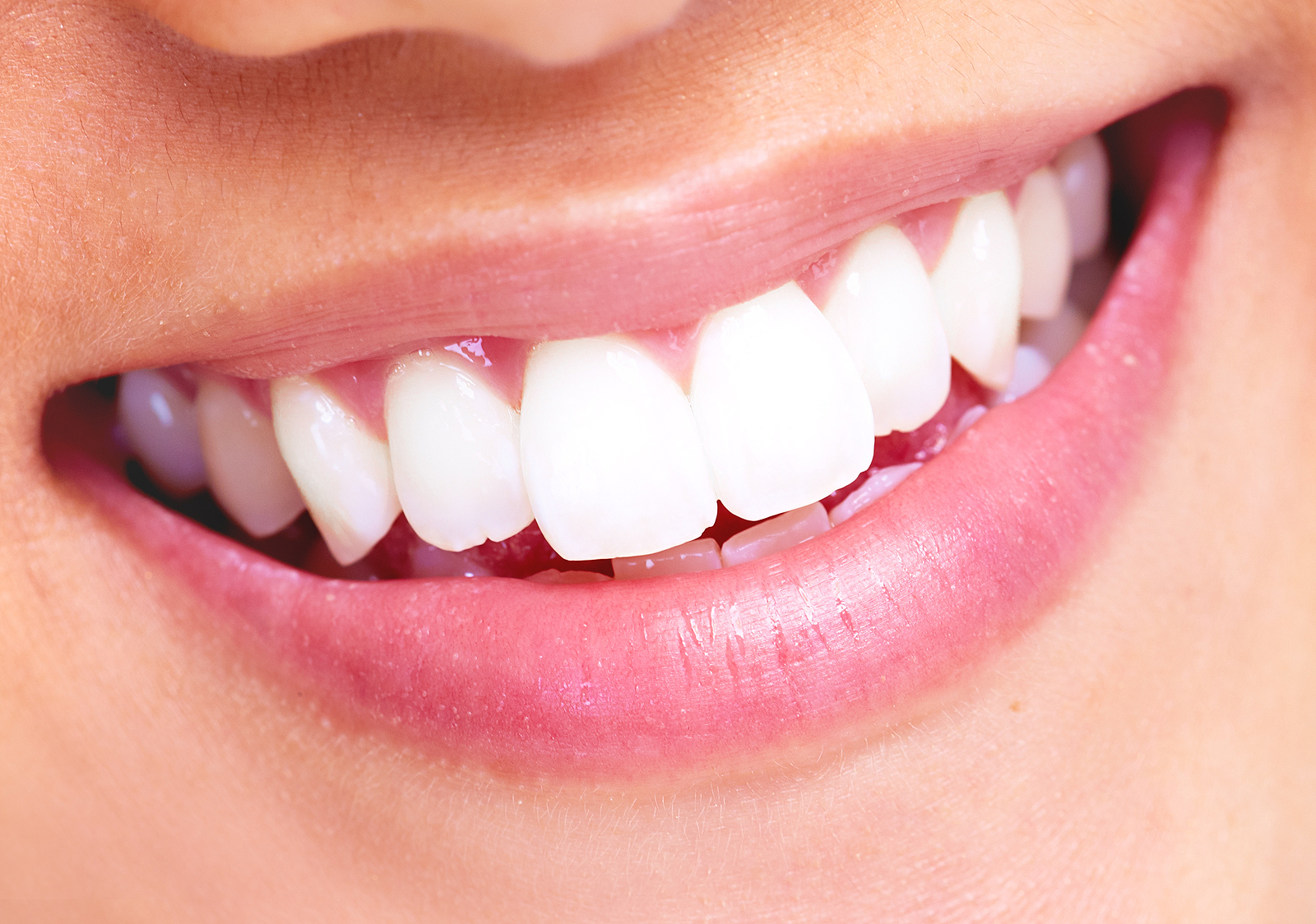EXPERT TIPS ON HOW TO BRUSH YOUR TEETH WITH BRACES
Whether you’re new to corrective dentistry or have undergone it for years, you should know how to brush your teeth with braces. Your new smile awaits, but it needs to be protected. It’s up to you to keep your mouth healthy, so don’t neglect your brushing! Plaque needs to be cleared and your molars need to be cleaned. Unfortunately, braces can hide plaque. There’s a chance you’re risking permanent stains if you’re not prepped to brush your teeth. Check out the teeth-cleaning tips below and make sure you’re getting every inch of your mouth.
TIP 1: USE A 45-DEGREE ANGLE
Make sure you’re cleaning at a 45-degree angle. In doing so, you’ll loosen any lodged food between the brackets. Start brushing at the gum line and brush upwards. If you need to, reposition the toothbrush to target the bottom brackets and wires. Go slowly. A majority of the tooth’s surface should be reachable — even if it’s a molar.
TIP 2: USE A FLOSS THREADER
You might have braces, but you shouldn’t neglect your flossing. Use a floss threader and stay away from full-thread floss. A floss threader can reach between your teeth, removing any plaque and residue. Make sure you floss twice per day, as braces can increase the chances of in-between-tooth materials.
TIP 3: RINSE WITH FLUORIDE
More than ever, you’ll need to clean your teeth with fluoride. Once you’ve brushed and flossed, take a swig of fluoride. Swish it around for at least 30 seconds. Then, spit it out. You should use fluoride at least twice per day. You should also use it if you’ve recently eaten anything sugary or acidic. While fluoride wash won’t remove plaque from the surface of your teeth, it can remove difficult-to-reach residue from the side of your teeth.
TIP 4: FLOSS UNDER THE ARCHWIRE
If you don’t want to use a floss threader, you can use regular floss. You will, however, need to be incredibly careful. To use regular floss, thread it beneath the archwire. As you’re threading, make sure you’re keeping the floss’s side away from any metal surfaces. Floss each side of each tooth and pull the floss from the space with one hand as you release it with the other. Repeat this method for every tooth. As you’re learning how to brush your teeth with braces, you’ll need to practice the art of flossing quite a bit. Just make sure you’re not leaving any floss threads dangling. If you do, they might collect more plaque.
TIP 5: CLEAN YOUR BRACES
That’s right: You need to clean your braces, too. They won’t degrade but they can be damaging to your teeth if they aren’t protected. Dental professionals recommend brushing braces at least once per day. You can do so with a toothbrush. Simply run the bristles across the wire, clean the teeth beneath, and spend extra time on the wire. Make sure you’re not getting toothpaste stuck between any wires and examine your braces in the mirror once you’re done.
TIP 6: USE AN ELECTRIC TOOTHBRUSH
You might want to purchase an electric toothbrush. Over time, plaque can accumulate under brackets and wires. If it does, removal can be difficult. Use the electronic toothbrush gently and let the motorized bristles take care of any difficult-to-reach materials. Most electronic toothbrushes have “sensitive” modes. If your mouth is hurting after regular use, consider switching your brush to this mode.
TIP 7: USE AN INTERDENTAL TOOTHBRUSH
Also called a proxabrush, an interdental toothbrush looks like a small pipe cleaner. It has bristles all around it and the grip handle is small. It’s small enough to clean between your wires and it can even clean between your teeth. Because it can reach places a regular toothbrush can’t, it is the perfect tool for in-depth cleaning. If you’re having trouble cleaning your back teeth, or even the wires, an interdental toothbrush is your best friend.
TIP 8: USE A WATER PICK
A water pick, too, can help. Also called oral irrigators, water picks spray pressurized water streams. They can be used to remove debris around your mouth’s wires and bands. They can’t substitute flossing and brushing, but they’re excellent additions to your cleaning supply. They’re also effective at reaching the narrowest spaces in your mouth and their long-lasting effectiveness makes them a good economical investment. Contact Biltmore Commons Dental Care if you have any questions. We want to teach you how to brush your teeth with braces and we understand how difficult the process can be. Take your time and clean your teeth with care. If you put in the effort, your teeth will thank you.






















0 comments